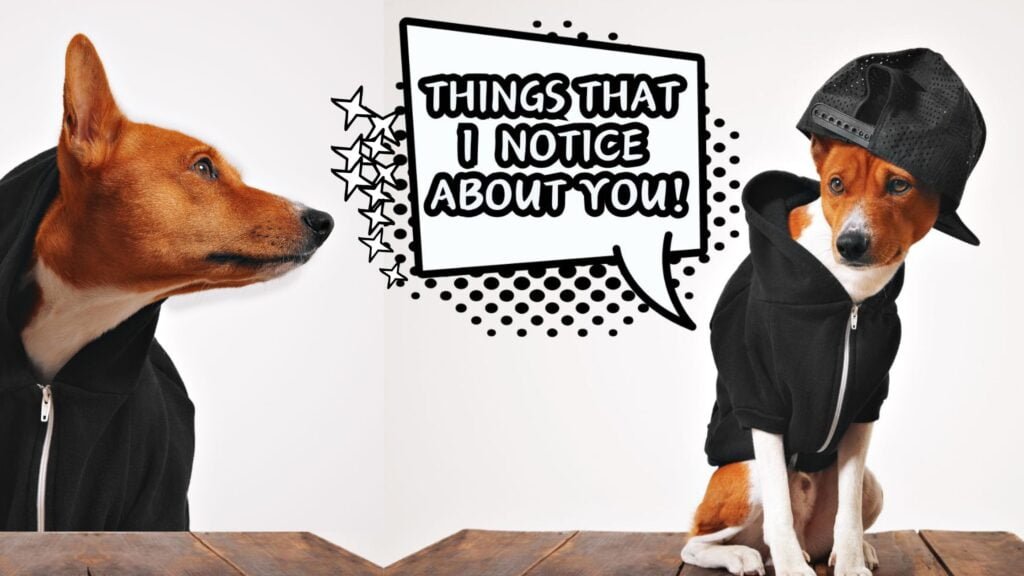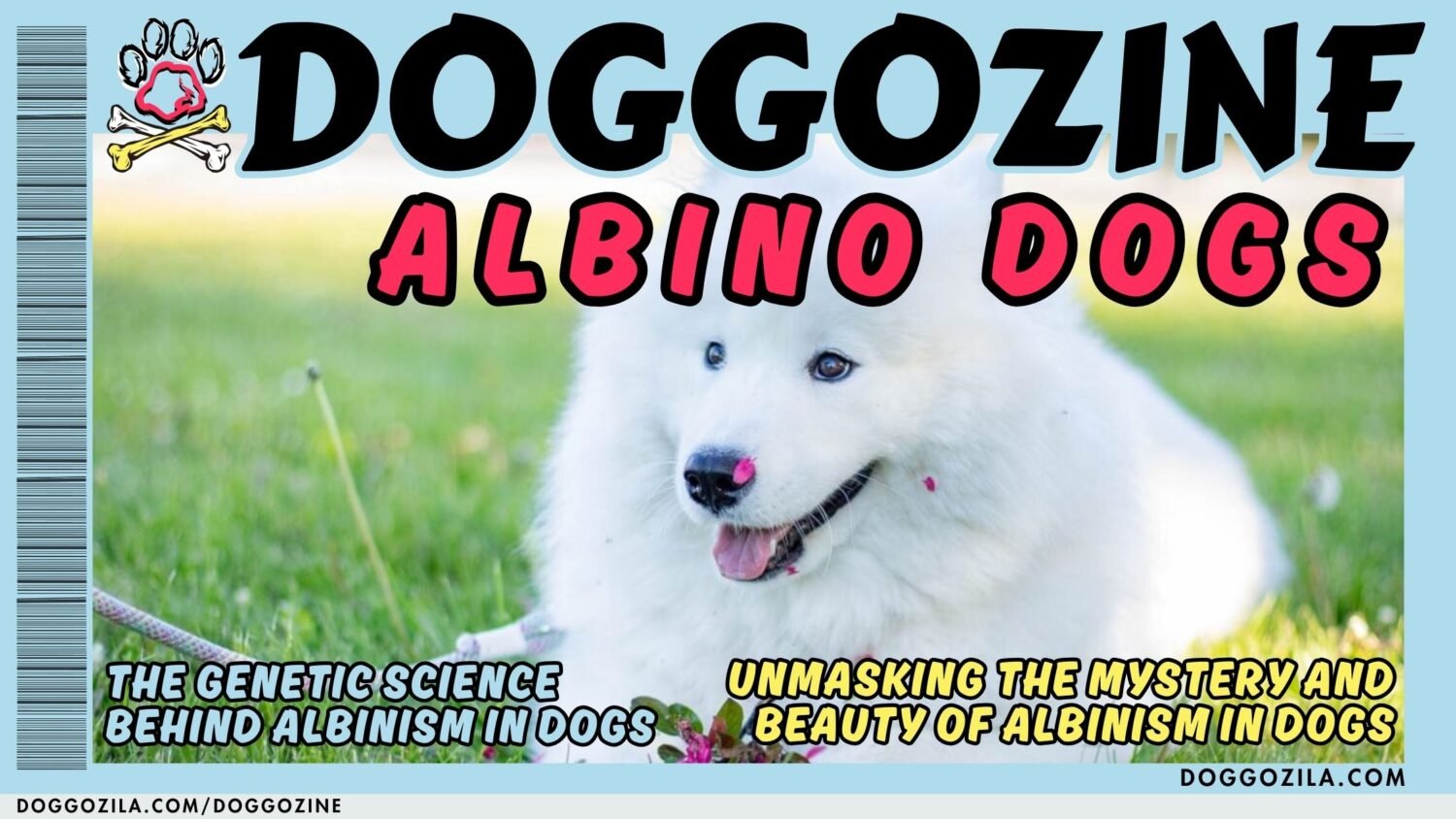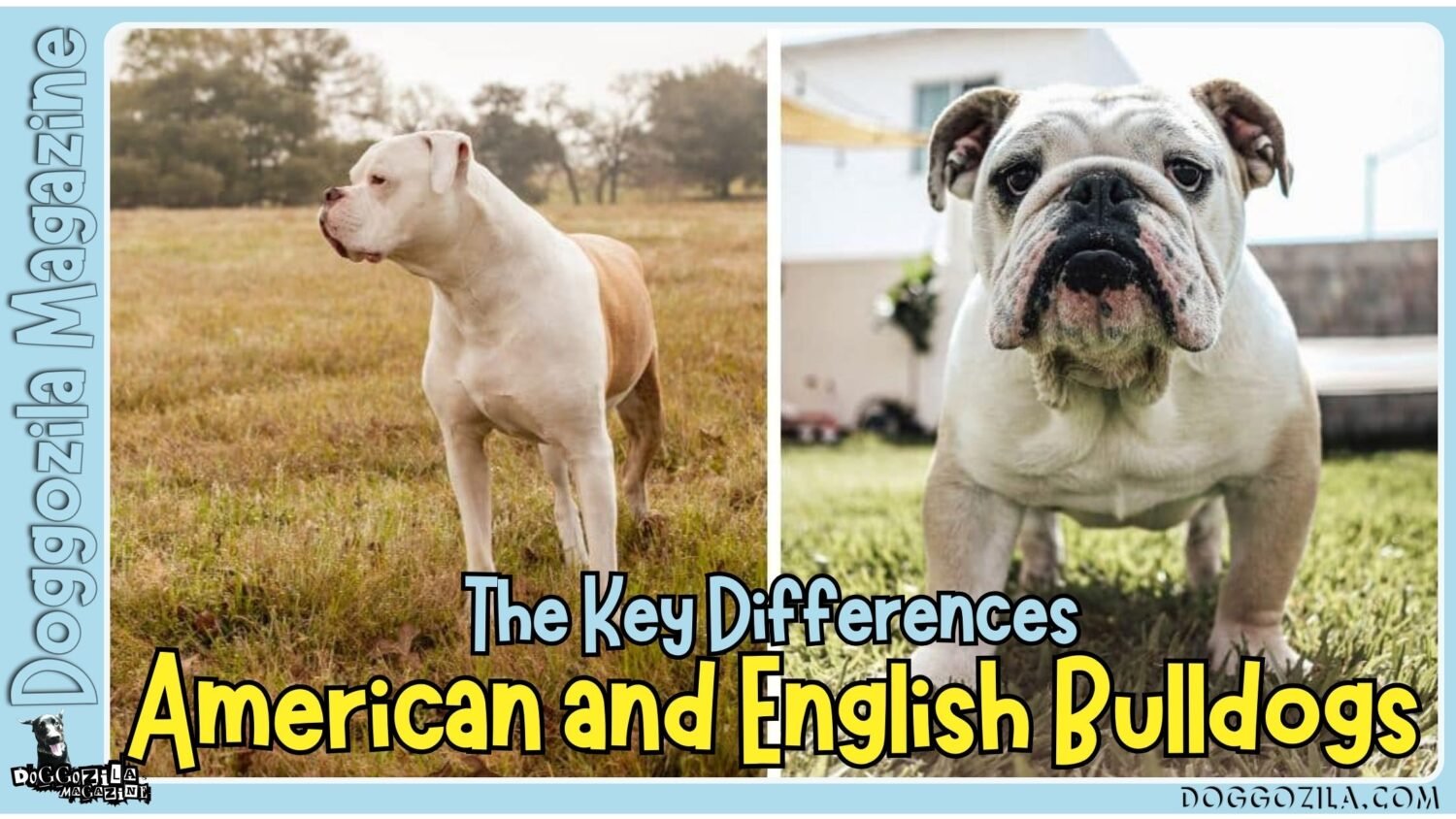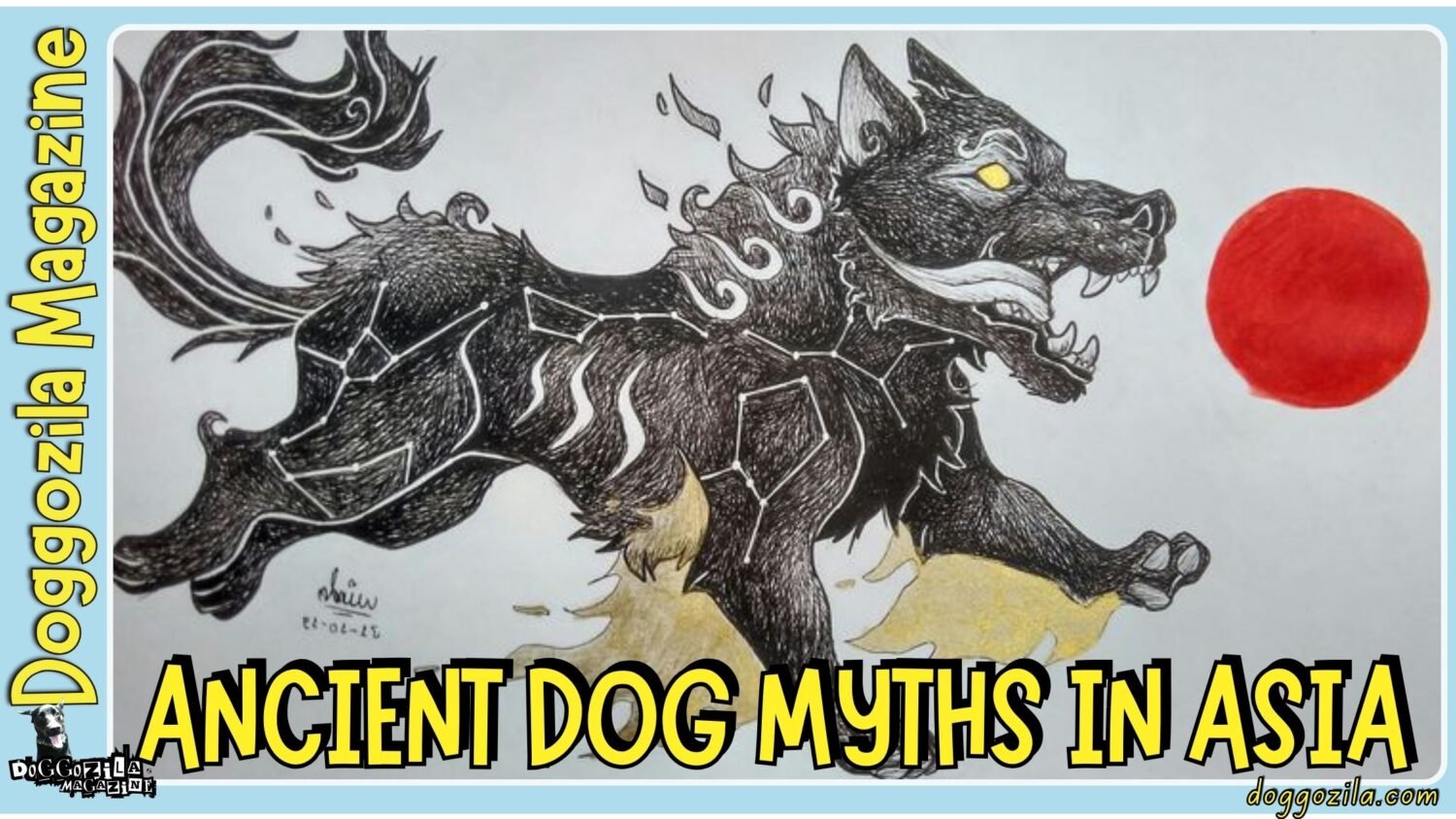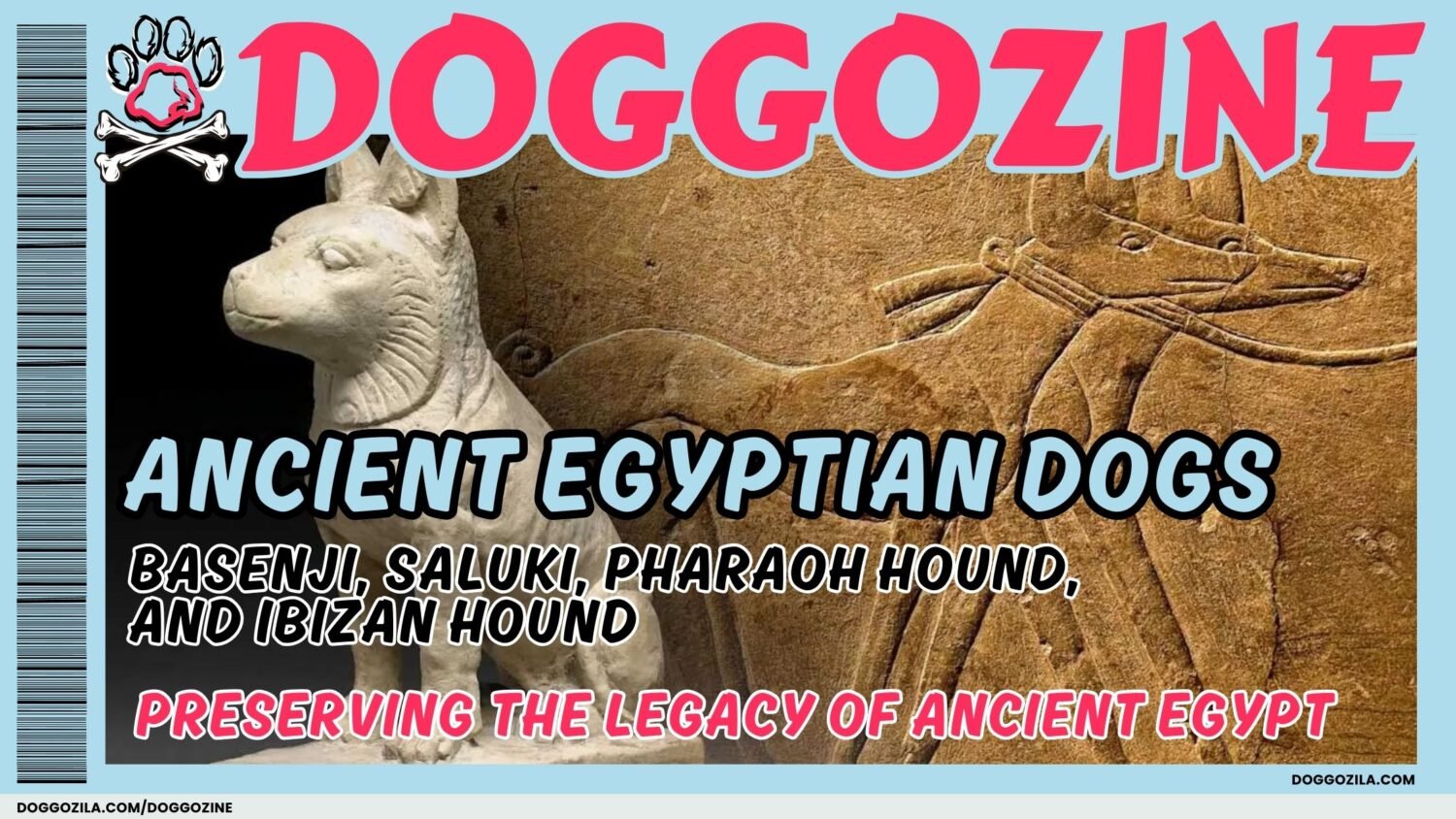Imagine your loyal dog as a mythical guardian. They could rule ancient lands as a king. Norse mythology gives amazing roles to our dogs. These stories mix history and legend together. They show the deep bond we share with dogs. We are exploring the best dog myths from Scandinavia today.
We will reveal their links to modern companions. These tales shaped Viking life with dogs. Vikings respected their dog partners greatly. So grab your favorite adventure buddy now. Let’s travel back to the Viking age. Their view of dogs was truly visionary. It will change how you see your dog.
„What if your dog was an underworld guardian or a crowned king? Ancient Norse myths say they were.“

Quick Summary About MYTHS AND LEGENDS FOR DOGS IN SCANDINAVIA
This article explores the fascinating dog myths from Scandinavia and Norse history. It covers guardian hounds, afterlife guides, and even dog kings. We connect these ancient tales to the behavior of our modern dogs. The article shows how Viking beliefs still resonate with dog lovers today.
How These Myths Connect To Modern Dog Life?
You might not realize this important fact. Many dog myths from Scandinavia influence us today. The Vikings bred dogs for specific traits. They wanted intelligence, loyalty, and resilience. Modern Scandinavian breeds carry these ancient genes. The legendary stories shaped their development too. Think about your own dog’s behavior now. Do they guard your home faithfully? Or do they offer comfort during tough times? Do they welcome you with unbelievable excitement? These traits resonated with Norse culture too. Understanding these dog myths from Scandinavia helps us. We appreciate the deep historical roots of our relationship.
UNDERSTANDING DOG MYTHS FROM SCANDINAVIA AND THEIR COSMIC SIGNIFICANCE
Dogs moved between worlds in Norse views. They connected the ordinary and divine. These dog myths from Scandinavia explained dog nature. Viking culture gave dogs sacred roles. This went beyond simple companionship. Dogs were spiritual partners too. They served gods and people alike. Their roles were diverse and important. They were woven into the fabric of life. This belief system was very complex. It showed a deep respect for animals.
Why Nordic Dog Stories Still Captivate Us?
The Vikings told thrilling stories of adventure. Their tales were full of danger and cosmic drama. Dogs were loyal partners in this epic world. They were not just simple pets. Norse families cherished their dogs as spiritual guides. Archaeology shows they buried dogs with masters. This was for guidance to the afterlife. These stories feel surprisingly modern to us now. They explore loyalty and protection themes. They show the unbreakable human-dog bond. When you call your dog a guardian, you echo tradition. This tradition is over a thousand years old.
The Spiritual Roles Behind Dog Myths From Scandinavia
Dogs often guided souls for the Vikings. They led the dead to the afterlife. This role offered great comfort. These beliefs made burial rituals sacred. Dogs were buried with people. This practice appears at many sites. It shows their valued place. They were trusted spiritual companions. This was a widespread tradition. It highlights their important function. They were more than just pets.
How Vikings Viewed Dog Behaviors Symbolically?
Vikings saw deep meaning in dog actions. Alertness meant spiritual vigilance. Loyalty reflected ideal relationships. Dogs sensed unseen things for them. This showed a special connection. Everyday actions became magical stories. A simple bark held meaning. It was a warning from other realms. They interpreted everything with purpose. This created a rich symbolic world. It was full of hidden messages.
Cultural Values Reflected In Dog Myths From Scandinavia
These stories show Viking values clearly. They prized loyalty and courage. They valued protection highly. Dogs perfectly embodied these key virtues. Myths taught important life lessons. They showed faithfulness to your pack. Strength came from unity. This was a core belief. Community was everything to them. These dog myths from Scandinavia reinforced social bonds. They were a guide for living.
🔑 Key Points: These myths show dogs had cosmic roles. They connected different spiritual worlds for the Vikings.

GARMR: THE GUARDIAN HELLHOUND IN DOG MYTHS FROM SCANDINAVIA
Meet Garmr, a famous Norse hound. He guarded Hel’s gate with blood. This formidable dog had a crucial job. Garmr was not an evil creature. He maintained cosmic order for all. His howl started Ragnarok. He was bound until that day. His duty was never ending. He is a central figure in these dog myths from Scandinavia. His story is epic and tragic. He fulfilled his role perfectly.
The Fascinating Role Of Garmr In Dog Myths From Scandinavia
Ancient texts describe a powerful beast. He stood guard at a cave. He ensured order in the cosmos. Garmr served a necessary protective function. He would battle the god Tyr later. This showed his great importance. He was the best of hounds. His story is truly epic. He appears in the Poetic Edda. His fate was tied to the gods. This myth is deeply symbolic.
How Garmr Connects To Modern Guard Dog Traits?
Your dog guards your home today. They echo Garmr’s ancient instincts. This is their sacred duty. Modern breeds still have these instincts. They were developed over many centuries. Understanding this helps us appreciate them. It is in their blood. They protect their family pack. This is an ancient legacy. These dog myths from Scandinavia explain modern behavior. The connection is very clear.
Other Underworld Guides In Dog Myths From Scandinavia
Garmr was not the only guide. The goddess Hel had black hounds. These dogs helped escort souls. This mythology gave people great comfort. Their dogs would not abandon them. This belief was deeply held. Death was not a lonely journey. Dog friends made it safer. These dog myths from Scandinavia provided solace. They lessened the fear of death. This was a powerful comfort.
The Seidr Magic and The Volva’s Familiar
Norse sorceresses used dogs as spiritual partners in their craft. These myths from Scandinavia reveal a deep magical connection. The dogs served as guides and protectors during supernatural journeys. Their role was absolutely vital for safe travel between worlds.
A Volva was a Norse seeress and magic worker. She often used a dog as a spiritual familiar. The animal would guide her through trance states. It offered protection from malevolent spirits. This partnership was central to her power.
The Dog Guardians and Ritual Items from Scandinavian Dog Myths
Dogs were believed to have a foot in two worlds. They could see spirits invisible to human eyes. This made them perfect guardians for magical work. A Volva’s dog would watch over her physical body. It ensured her safe return from the spirit realm.
Catskin gloves were used by Volvas for their rituals. These items were thought to hold potent magic. They connected the wearer to feline and canine spirits alike. This practice shows the animal’s sacred role.
🔑 Key Points: Garmr was a protective figure, not evil. His story reflects modern guard dog instincts.
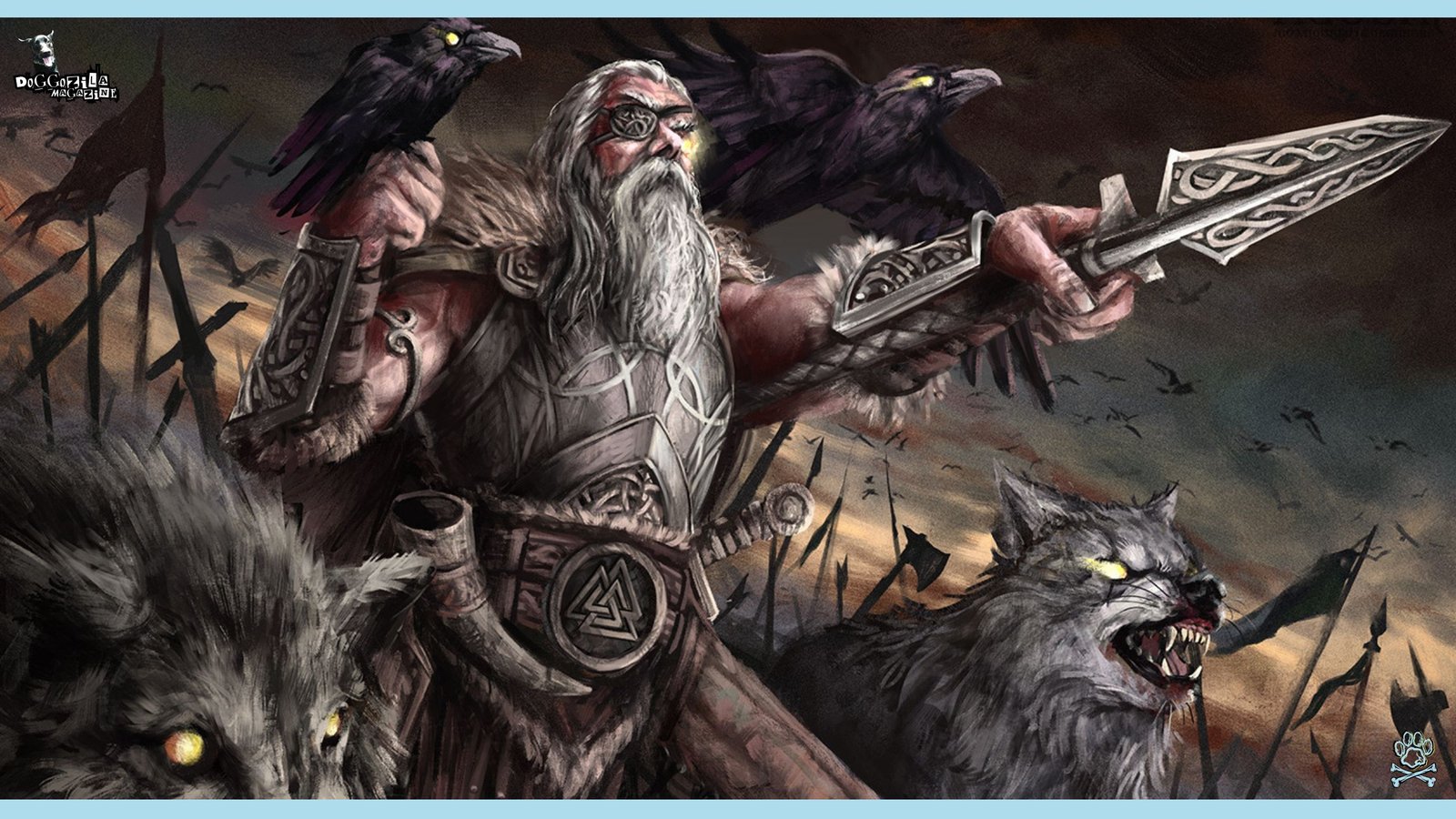
VIKING BURIALS AND DOG MYTHS FROM SCANDINAVIA
Vikings buried their dogs with care. They placed them in human graves. This reflected deep spiritual beliefs. Dogs had both practical and sacred value. They were essential for the afterlife journey. Graves provide clear evidence for this. The bond transcended death itself. It was a profound connection. These dog myths from Scandinavia were acted out. This practice was found at many sites. It was a common ritual.
Archaeological Proof For Dog Myths From Scandinavia
Excavations uncovered many dog remains. They were found in Viking burial sites. Some graves contained multiple dogs. The Temple at Uppsala included dogs. This bridges myth and daily life. Practices reflected the mythical stories. We see this evidence clearly. It confirms their special status. Sites like Birka show this pattern. These dog myths from Scandinavia were real. Archaeology proves they were practiced.
The Beautiful Meaning Behind Afterlife Companions
Death was a journey to Vikings. Dogs were the best travel guides. They knew the path well. This reflects a moving dog bond. Relationships continued beyond death for them. This tradition feels profound today. Love does not end at death. Our dogs walk with us always. These dog myths from Scandinavia are touching. They show a timeless love story. It is about eternal friendship.
How These Practices Influence Us Now?
We see our dogs as family. This echoes ancient Norse beliefs. Dogs provide spiritual comfort today. Pet cemeteries serve the same function. They honor a bond that feels eternal. This connects us to the past. We understand their grief and love. It is a human constant. These dog myths from Scandinavia still resonate. They validate our deep emotions. The feeling is universal.
Dogs as Omens and Totems in Norse Life
Beyond kings and magic, dog myths from Scandinavia touched everyday life. Dogs were seen as powerful omens and personal symbols. Their behavior could predict future events. Many warriors saw them as sacred totems for protection. A howling dog was often a bad sign. It could signal impending illness or death. This belief was common in European folklore, including Scandinavia. People watched their dogs’ behavior closely for warnings.
Spiritual Protectors and Totemic Power of Dogs
Dogs were also seen as bringers of good fortune. They could ward off evil spirits with their presence. Their loyalty made them spiritual protectors for the entire household. Viking warriors believed in animal totems. The dog was a powerful symbol of courage and tenacity. Warriors wore dog skins or carvings for spiritual strength. This was a core part of the dog myths from Scandinavia.
🔑 Key Points: Vikings buried dogs with people for spiritual journeys. This shows their deep bond beyond death.

FENRIR VS. DOGS IN DOG MYTHS FROM SCANDINAVIA
Norse mythology featured wolves and dogs. They served very different purposes in stories. Fenrir was a monstrous wolf. Dogs were protective and loyal partners. This distinction was crucial to their worldview. It showed their values clearly. Order was preferred over chaos. Partnership was their strength. These dog myths from Scandinavia highlight this contrast. It is a key theme. The difference was very important.
Key Differences In Mythical Roles
Fenrir was an antagonist to gods. Dogs were willing partners to all. This showed the value of cooperation. Dogs acted as threshold guardians. They maintained important boundaries between realms. Wolves sought to cause chaos. This was a fundamental difference. It shaped all the stories. These dog myths from Scandinavia teach this lesson. Chaos threatens order always. Loyalty keeps it at bay.
Why People Confuse These Creatures?
Fenrir and Garmr looked similar. Some texts give them similar descriptions. This confusion is actually very ancient. Modern media blends them further too. Understanding the differences helps us appreciate them. Our own dogs contain complexity. They can be both gentle and fierce. It depends on the situation. These dog myths from Scandinavia can be complex. But the distinction is crucial for meaning.
What Myths Tell Us About Viking Relationships?
The distinction reveals Viking values clearly. They valued domestication and partnership highly. Wild wolves were respected but feared. Dogs were welcomed into homes gladly. Your modern relationship continues this partnership. It is an ancient and powerful bond. We still rely on each other. This has not changed much. These dog myths from Scandinavia explain this dynamic. It is about mutual trust.
🔑 Key Points: Dogs symbolized order, wolves meant chaos. This shows what Vikings valued in partners.
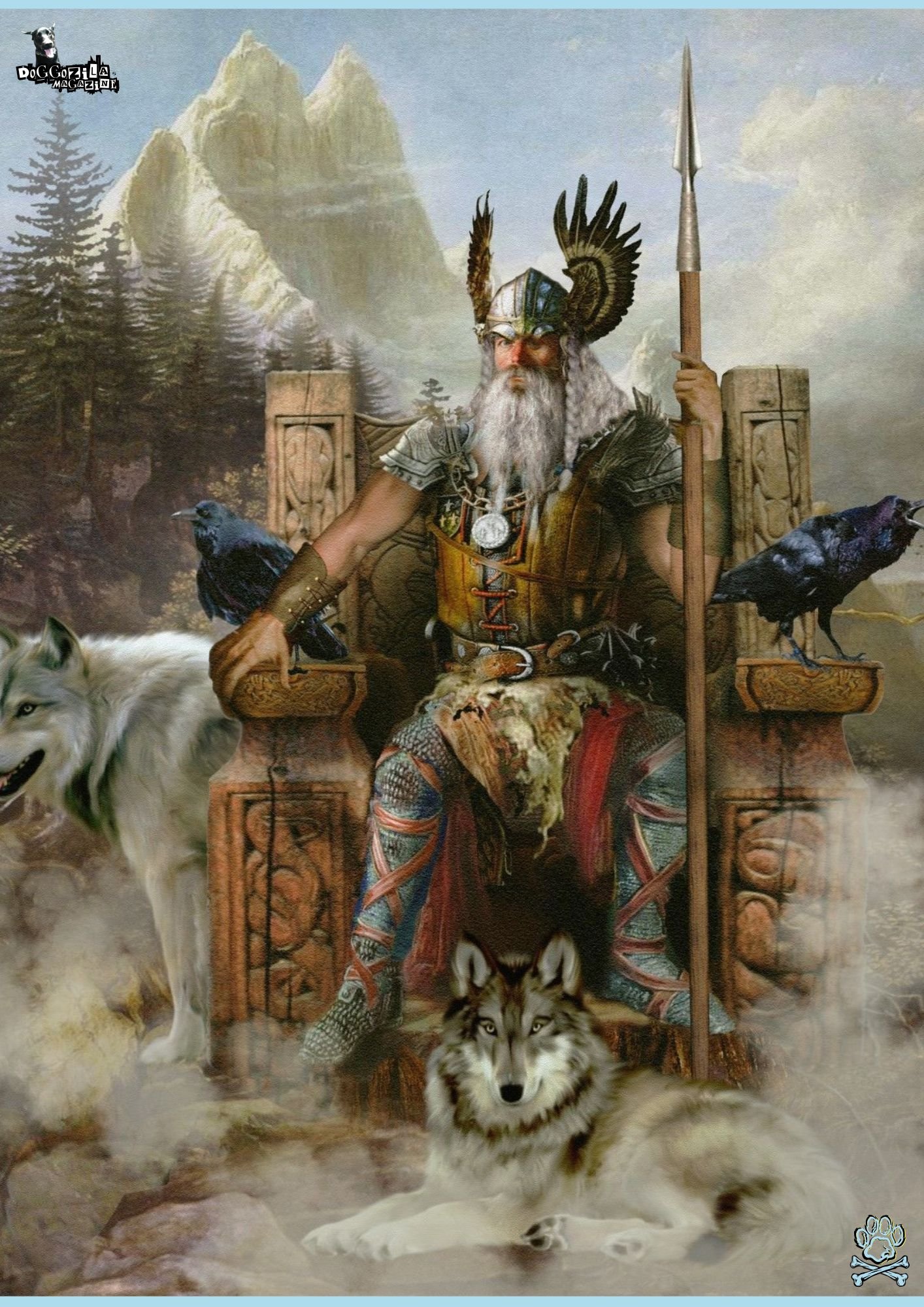
THE LEGENDARY DOG KINGS IN DOG MYTHS FROM SCANDINAVIA
Some myths tell of dog kings. These were actual political appointments. Medieval texts mention three instances. The most famous was King Saur. He ruled over Drontheim for a time. People chose him over a slave. It seemed like a better choice. His reign was quite remarkable. These dog myths from Scandinavia are fascinating. They blend history with folklore. The stories are very memorable.
The Unbelievable Story Of King Saur
Some dog myths from Scandinavia are based on very strange history. Medieval texts tell of actual dogs being crowned kings. This was a real historical practice meant to insult a population. The stories come from several ancient Scandinavian chronicles.
King Eysteinn of Sweden conquered Trondheim. He offered the people a choice for their new ruler. They could have his slave Thorer Faxe or his dog, Saurr. The people chose the dog, hoping he would die soon. Saurr was treated as a true sovereign for three years. He wore a golden collar and lived in a mansion. His courtiers treated him with full royal honors. Decrees were even signed with his paw print.
King Saur was no ordinary ruler. He had the wisdom of three men. King Saur could speak in a mixed language. He held court from a royal throne. King Saur wore a magnificent jewelled collar. He died defending his cattle bravely. He was a true shepherd king. His story is unforgettable. dog myths from Scandinavia celebrate him. He was a legend in his time. His tale is still told.
Political Power In These Unusual Tales
A conquering king appointed a dog ruler to humiliate the defeated people. It was the ultimate insult to their pride and autonomy. The practice is recorded in the Chronicon Lethrense and Heimskringla. Saurr’s reign ended after three years. Wolves broke into his royal fold one night. The dog king bravely defended his property. He was killed in the ensuing battle.
Dog kings were often political insults. A conqueror appointed them for humiliation. Yet the stories often backfired nicely. The dog rulers proved surprisingly competent. This contained satire and respect alike. Sometimes animals lead better than humans. It is a funny lesson. Power is not always about humans. These dog myths from Scandinavia are subversive. They question authority in clever ways.
Cultural Attitudes In These Dog Myths From Scandinavia
These stories show a Norse sense of humor. They critiqued authority through clever satire. They also respected dog intelligence deeply. Dogs were in all aspects of life. This was from spiritual to political. Your dog might think they rule your home. They probably are in charge. And that is perfectly okay. These dog myths from Scandinavia are insightful. They reveal a complex worldview.
🔑 Key Points: Stories of dog kings blend history and satire. They show Norse humor and respect for dog intelligence.
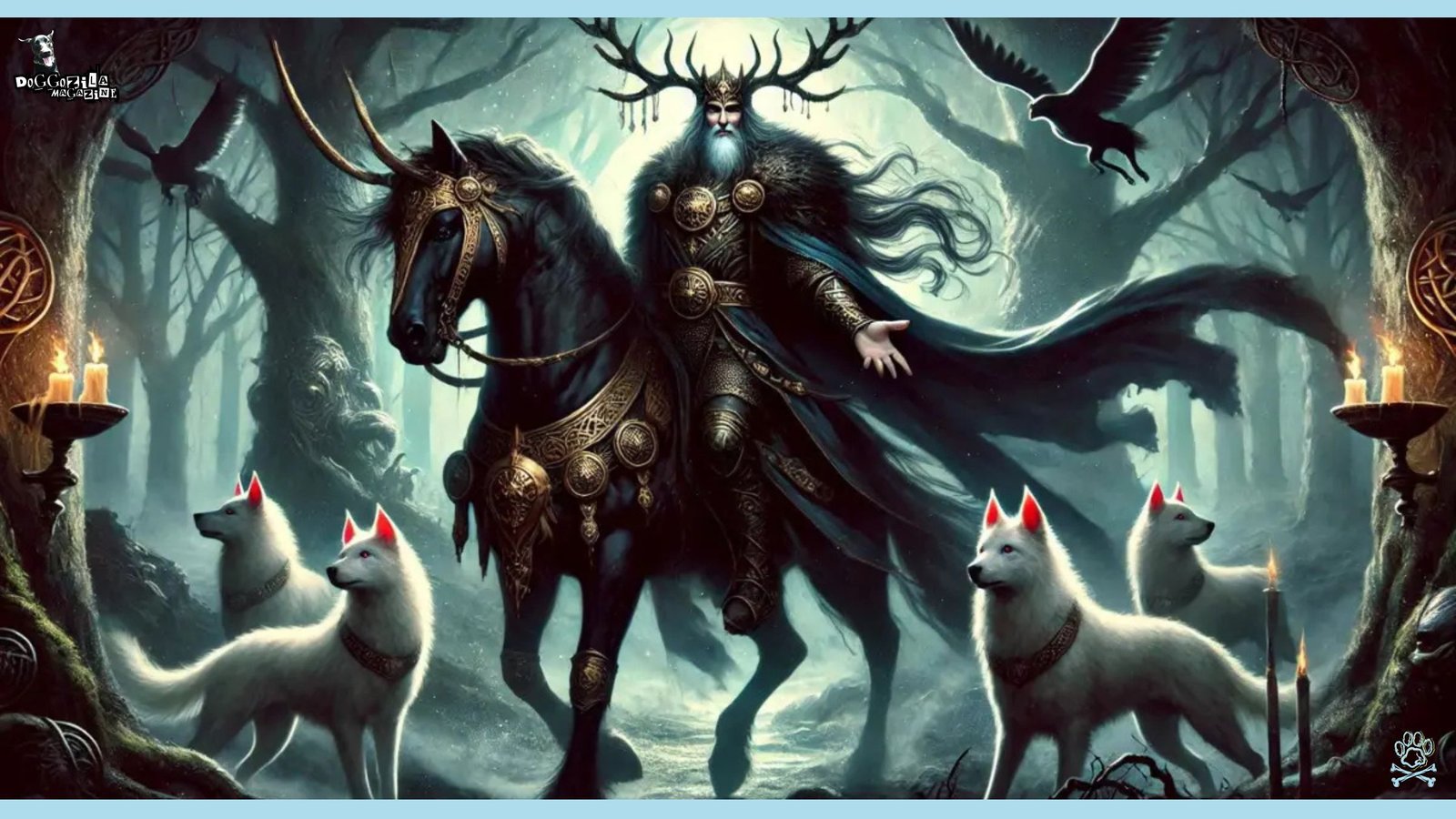
MODERN BREEDS AND DOG MYTHS FROM SCANDINAVIA
Modern breeds carry ancient genetic links. The Norwegian Elkhound is a great example. The Buhund and Vallhund are too. These dogs have Viking-era ancestors. They embody traits from ancient stories. They are living connections to myths. You can touch history with them. It is an amazing feeling. These dog myths from Scandinavia come alive. You can see them in your home.
Norwegian Elkhound: A Legendary Hunter
This breed has ancient origins. Vikings used them to hunt moose. They needed courage and intelligence. Modern Elkhounds still hunt well today. They also thrive in active families. They are a living piece of history. Their howl is like the past. It calls through the ages. These dog myths from Scandinavia live on. They are in the dog’s very being.
Norwegian Buhund: A Versatile Herder
Buhunds served as all-purpose farm dogs. Their name means “farm dog” literally. They were common Viking companions. Today they excel in dog sports. They show great intelligence and energy. Buhunds love their families deeply. They are always ready to work. This is their heritage and joy. These dog myths from Scandinavia describe them. They were essential to Viking life.
Preserving Ancient Traits In Modern Times
Breeders work to preserve ancient characteristics. The Lundehund has six toes still. This helped for cliff hunting. Understanding this helps modern owners greatly. It explains certain dog behaviors clearly. Work with these ancient traits. They make your dog unique. They are a gift from history. These dog myths from Scandinavia inform breeding. The past guides the present.
🔑 Key Points: Breeds like the Elkhound are living history. They carry ancient traits celebrated in myths.

FREYJA’S DOGS IN DOG MYTHS FROM SCANDINAVIA
Freyja had significant dog connections. She was a goddess of love. She could take animal form herself. Frigg also had a dog chariot. This differentiated her from Freyja. These connections elevated dogs spiritually. They were divine and beloved. This was a high honor. These dog myths from Scandinavia are important. They show the feminine divine connection.
The Link Between Goddesses And Dogs
Dogs linked to mother goddess figures. This emphasized their nurturing nature. It acknowledged their fierce protection. Valkyries had dog companions too. These dogs guided fallen warriors. This was another guide role. They served powerful female figures. This was a sacred duty. These dog myths from Scandinavia are powerful. They show a different side of Norse belief.
How These Stories Compare To Others?
Other cultures connected dogs to goddesses. Hecate and Diana had hounds. The Norse integrated them more completely. They applied beliefs in daily life. This made their traditions unique. Dogs were spiritual partners always. This was not just in stories. It was real and practiced. These myths from Scandinavia were lived. They were part of everyday ritual.
Rediscovering These Forgotten Dog Myths From Scandinavia
Many people know Freyja’s cats now. They are surprised by the dog links. This gives a more complete picture. It provides fresh inspiration for us. The bond feels ancient and mythical. We can appreciate it more deeply. Our dogs are part of magic. They always have been. These dog myths are pure treasure. They wait to be rediscovered.
🔑 Key Points: Goddesses had strong dog connections. This elevated dogs in spiritual life.
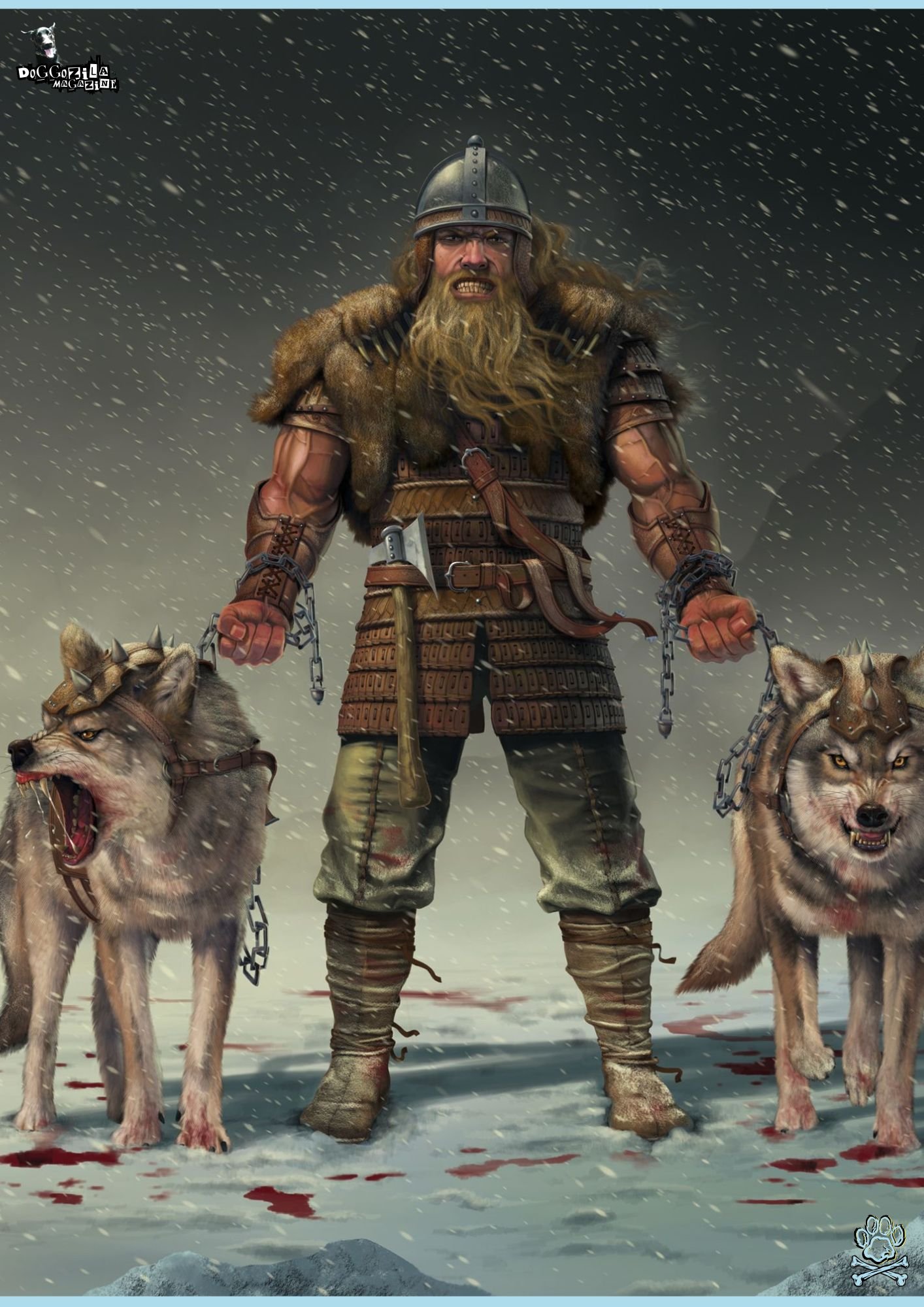
USING ANCIENT DOG MYTHS FROM SCANDINAVIA TODAY
These stories offer modern insights. The Norse understood dog nature well. Their truths remain relevant today. We can deepen our appreciation now. The Viking view saw dogs as partners. This resonates with modern owners. We can learn from their wisdom. Our dogs will thank us. These dog myths from Scandinavia are a guide. They help us be better owners.
Training Tips From Viking Respect
Vikings likely trained with clear communication. They used mutual respect always. Modern methods echo this approach. Understand your dog’s breed history well. This helps with training strategies. Patience creates better results for all. Build trust through partnership. It is the oldest way. These dog myths from Scandinavia teach respect. It is the foundation of training.
How To Honor Ancient Traditions Now?
Include your dog in family activities. Acknowledge their emotional sensitivity clearly. Create rituals that strengthen your bond. Dog sports channel ancient skills nicely. This honors their historical roles. Even walks tap ancient needs. Explore the world together. It is what they love. These dog myths from Scandinavia inspire action. They make our daily life richer.
Why These Ancient Stories Still Matter?
These myths speak to timeless truths. They validate our own experiences. Dogs feel like true companions. They remind us of a deep partnership. This connects us to past generations. It provides great comfort and meaning. Our love for dogs is eternal. It crosses all of time. These dog myths from Scandinavia unite us. They show our shared humanity.
🔑 Key Points: These old stories offer modern insights. They can guide how we train and live with dogs now.





